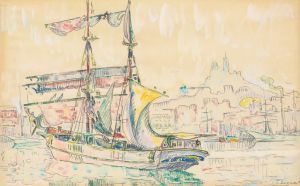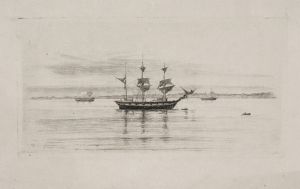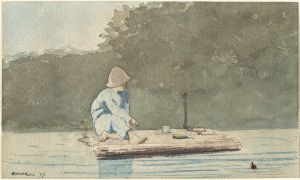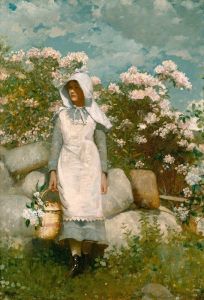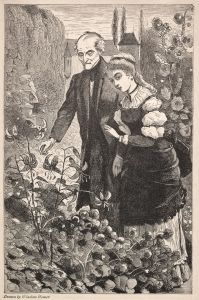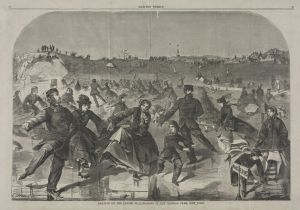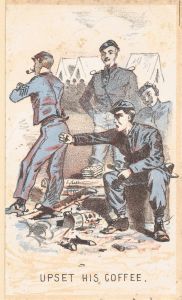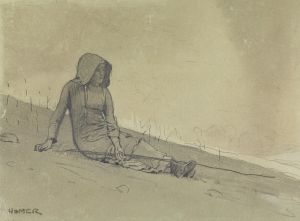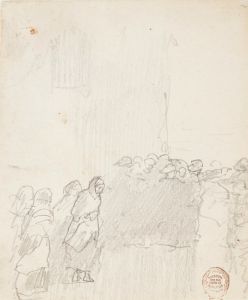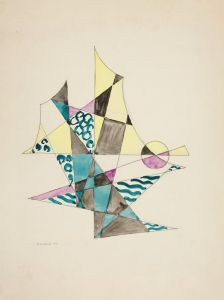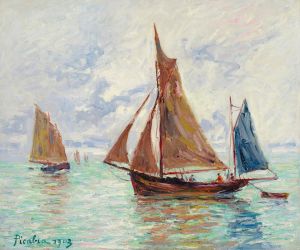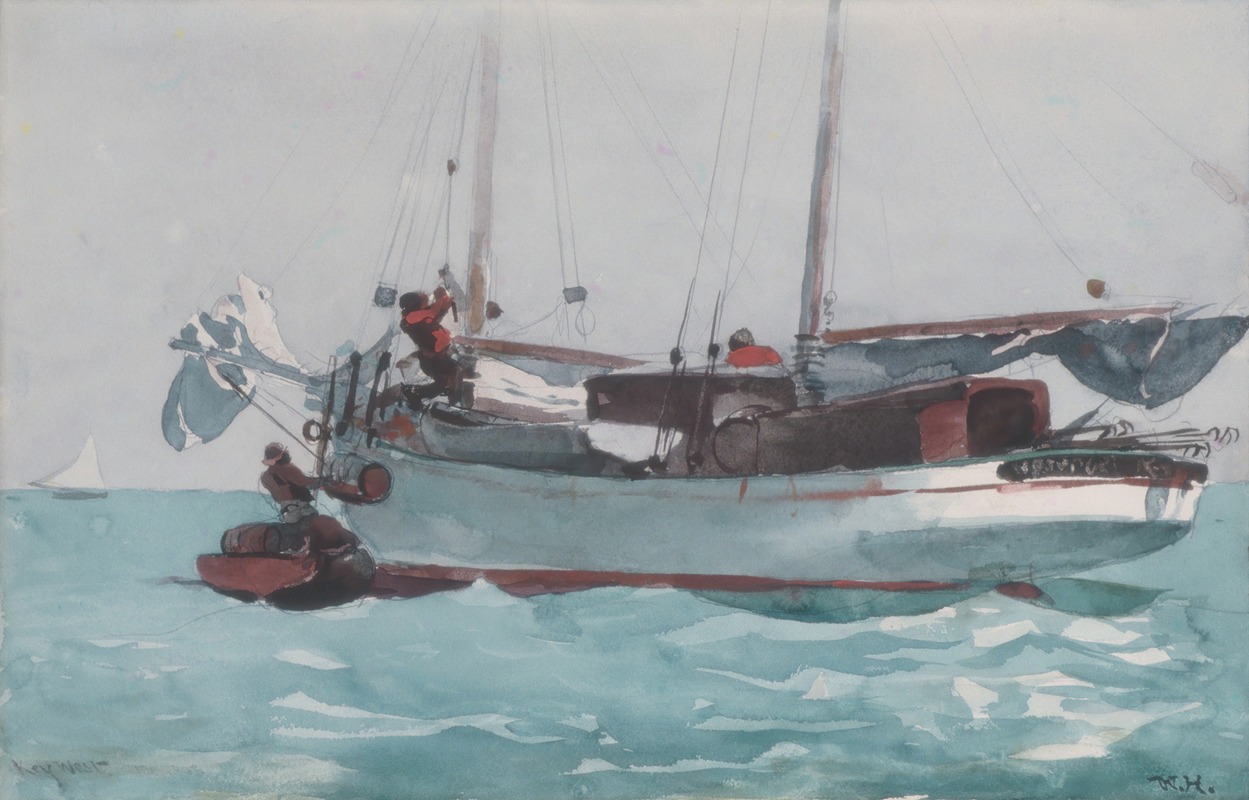
Taking on Wet Provisions
A hand-painted replica of Winslow Homer’s masterpiece Taking on Wet Provisions, meticulously crafted by professional artists to capture the true essence of the original. Each piece is created with museum-quality canvas and rare mineral pigments, carefully painted by experienced artists with delicate brushstrokes and rich, layered colors to perfectly recreate the texture of the original artwork. Unlike machine-printed reproductions, this hand-painted version brings the painting to life, infused with the artist’s emotions and skill in every stroke. Whether for personal collection or home decoration, it instantly elevates the artistic atmosphere of any space.
"Taking on Wet Provisions" is a watercolor painting created by the American artist Winslow Homer in 1874. Homer, who is widely regarded as one of the foremost painters in 19th-century America, is known for his marine subjects, and this work is a prime example of his skill in capturing the essence of life at sea.
The painting depicts a group of fishermen in a small boat, engaged in the task of transferring provisions from a larger vessel. The scene is set against a backdrop of a turbulent sea, with waves crashing around the boat, emphasizing the challenging and often dangerous nature of the fishermen's work. The title "Taking on Wet Provisions" refers to the practice of transferring supplies, which in this case are likely to be wet due to the rough sea conditions.
Homer's use of watercolor in this piece is particularly noteworthy. Watercolor is a medium that requires a high level of skill and precision, as it is difficult to correct mistakes once the paint has been applied. Homer's mastery of this medium is evident in the way he captures the movement of the water and the texture of the wet provisions. The fluidity and transparency of the watercolor medium enhance the sense of immediacy and realism in the painting.
The composition of "Taking on Wet Provisions" is carefully balanced, with the boat and its occupants positioned slightly off-center, creating a dynamic sense of movement. The figures in the boat are rendered with a high degree of detail, their postures and expressions conveying the physical effort and concentration required for their task. The interplay of light and shadow adds depth to the scene, highlighting the wet surfaces and the glistening water.
Winslow Homer began his career as a commercial illustrator before turning to painting full-time. His early experiences as an illustrator, particularly his work as a correspondent during the American Civil War, influenced his later artistic development. Homer's interest in marine subjects emerged in the 1870s, following a trip to the fishing village of Gloucester, Massachusetts. This period marked a significant shift in his work, as he began to focus more on the lives of fishermen and the sea.
"Taking on Wet Provisions" reflects Homer's deep appreciation for the resilience and skill of fishermen, as well as his fascination with the sea as a subject. The painting is part of a larger body of work that includes other notable marine scenes, such as "Breezing Up (A Fair Wind)" and "The Gulf Stream." These works collectively highlight Homer's ability to convey the power and beauty of the ocean, as well as the human experience within it.
Today, Winslow Homer is celebrated as one of America's greatest artists, and his marine paintings continue to be highly regarded for their technical excellence and emotional depth. "Taking on Wet Provisions" remains an important example of his work, showcasing his talent for capturing the interplay between humans and the natural world.





